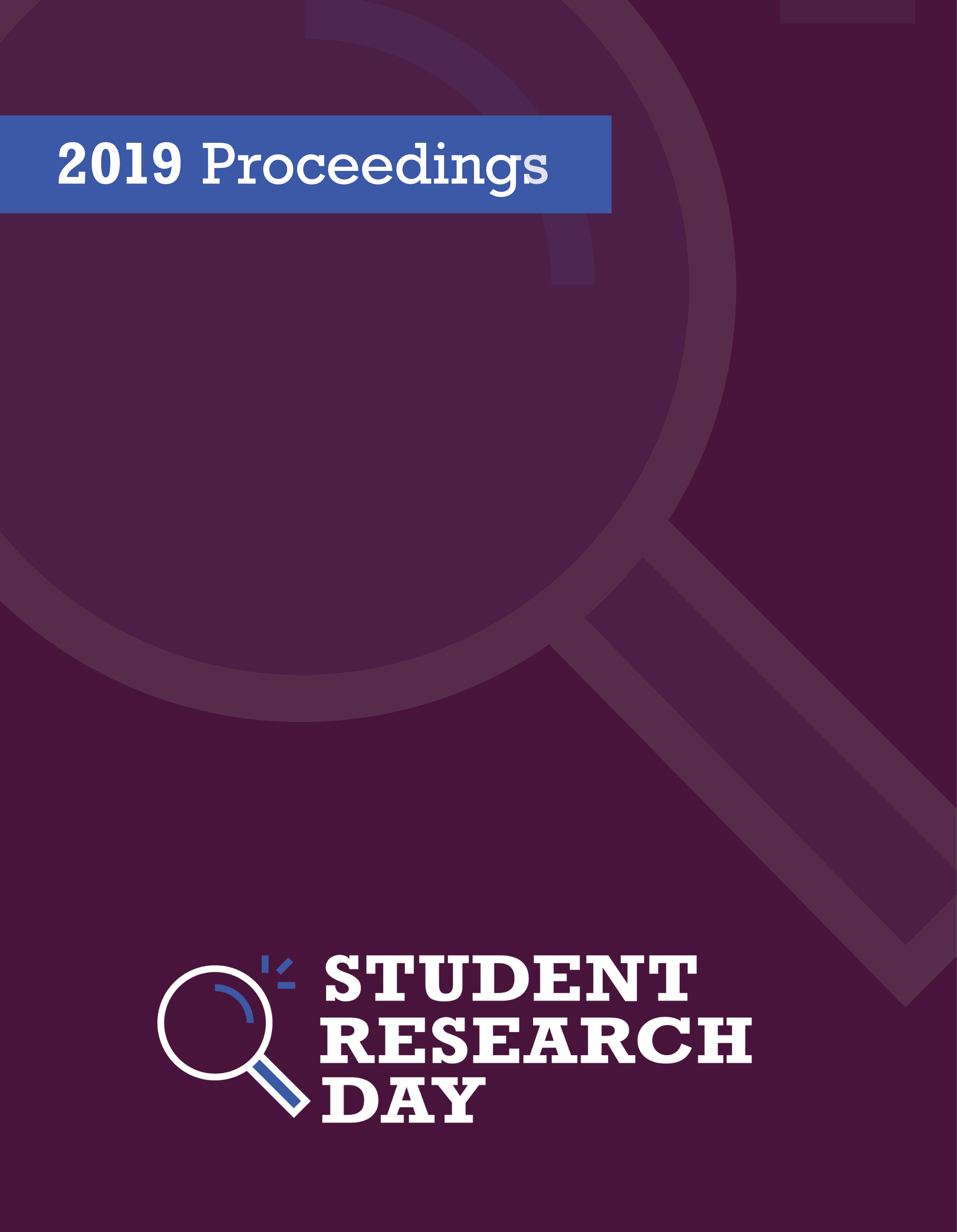Maximizing Efficacy of Animal Visitation Programs (AVPs) on Campus
Implications for student wellbeing
Abstract
Mental health problems are commonplace in university, with 85% of students reporting elevated stress and 32% reporting clinically significant problems (Eisenberg et al., 2007; Garlow et al., 2008). Thus, programs that allow for the mitigation of stress and negative mental health symptoms have important implications for student well-being. Several studies have demonstrated that Animal Visitation Programs (AVPs) have positive effects on university students’ mental health. However, when it comes to equivalency across studies, very few have comparable interaction times. Examining the relationship between interaction time and stress mitigation is important to balance treatment efficacy and efficiency. To test this, participants completed a mental arithmetic task to induce stress, and were then given 35-min to interact with a therapy dog, with measurements being taken during the interaction at times of 5-, 15-, 25-, and 35-min. Interaction time led to significant improvements in self-reported negative affect, stress, and anxiety, but these did not improve at the same rate. Specifically, these measures showed maximal improvement at times of 5-, 15-, and 25-min, respectively. These findings have two main implications. First, as stress, anxiety, and mood do not improve at the same rate, interaction times may vary depending on the intention of the interaction. Second, since no measures showed significant improvements after 25-min, these findings indicate that it would be beneficial for AVPs to limit interaction time to a maximum of 25-min, in order to maximize the efficiency of the these programs while most benefiting students’ mental health.
Faculty Mentor: Eric Legge
Department: Psychology (Honours)
Published
Issue
Section
License
Authors retain any and all existing copyright to works contributed to these proceedings.



